Lester Raymer – An Artist of Contradictions
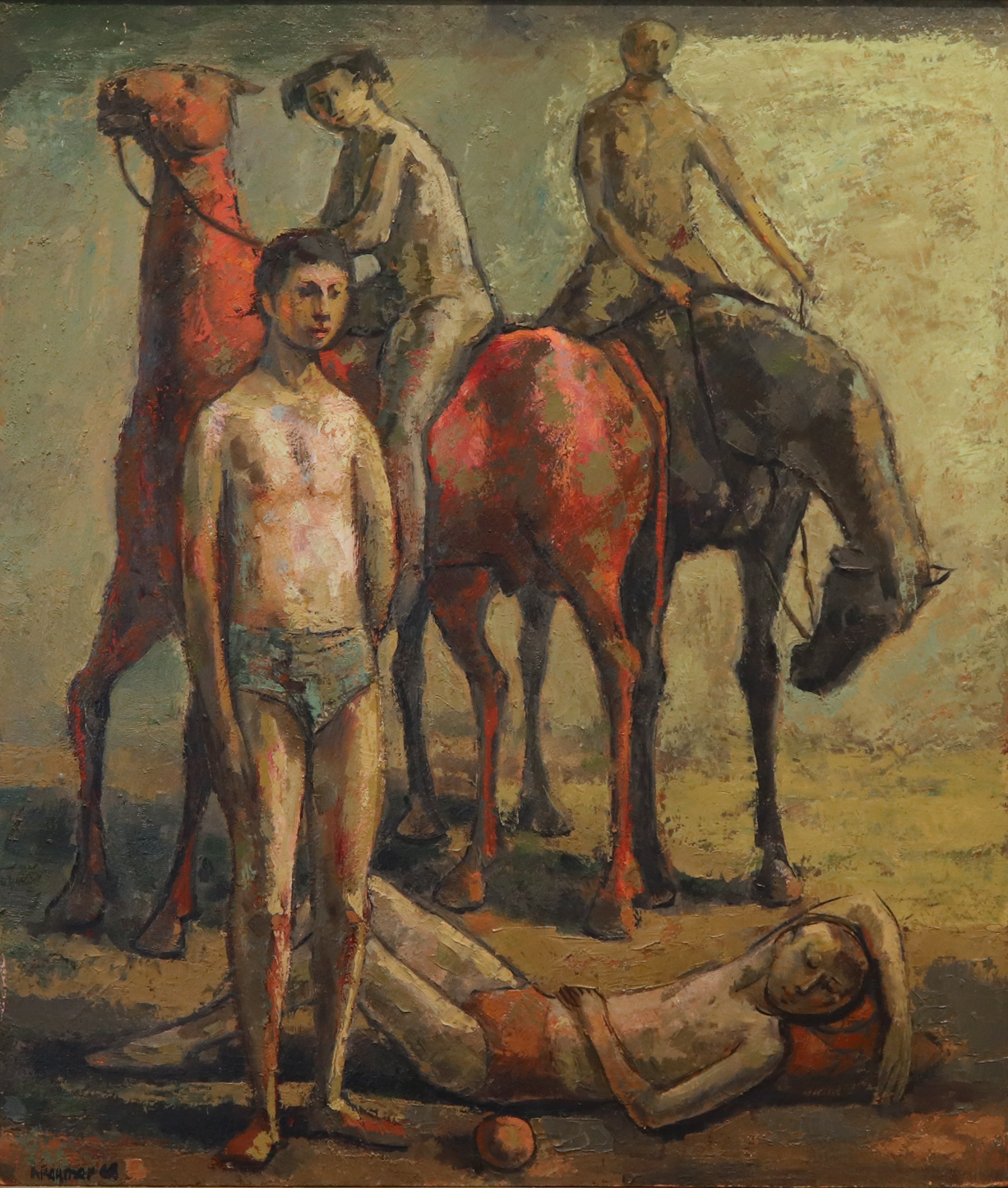
With Josh Tripoli
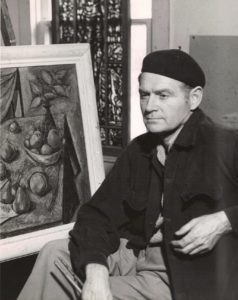 Lester Raymer in his studio.
Lester Raymer in his studio.
Reuben Saunders Gallery has the honor of hosting a wonderful collection of original Lester Raymer paintings, prints, and sculptures. Raymer (1907-1991), one of Kansas’ most celebrated artists, is sometimes described as an “Outsider Artist,” a relatively uncommon label that inspires a healthy dose of curiosity. Raymer is one of many Kansans associated with the term including M.T. Liggett (Kanza Art Studio), “Grandma” Elizabeth Layton, and S.P. Dinsmoor (Garden of Eden) to name a few.

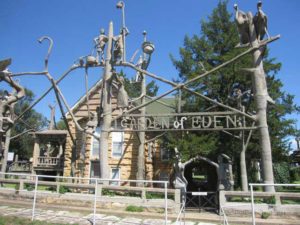

Terms like Outsider Art, art brut (a label coined by French artist Jean Dubuffet), “grassroots” art, and folk art are essentially synonymous. All are considered to be mostly self-taught or “naïve.” They describe an ignorance, indifference, or inability to participate in the influences of the current pop culture.
As a result, Outsider Art is aloof; often eyebrow-raising, strange, even confounding. Conformity and appropriation are nonfactors. Typically, these artists have limited, if any, connection to the art world at large. Their work can illustrate extremes: mental states; thought processes; detailed, articulate fantasies.
Dubuffet defined art brut as “those works created from solitude and from pure and authentic creative impulses – where the worries of competition, acclaim and social promotion do not interfere.” He believed that to create within the “mainstream” was to stifle expression.
Raymer’s work remained apart, bucking the trends of the art of his time, giving it what some consider to be an Outsider “look” and “feel.” However, Raymer studied at the Chicago Art Institute. He obsessively integrated Art History and its established traditions; the Spanish Masters, religious icons and artifacts, Southwestern and Mexican art. Raymer was neither self-taught nor “naïve.” One foot in, one foot out.
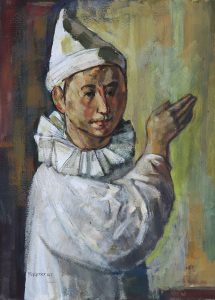
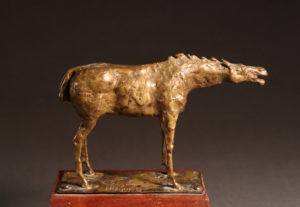
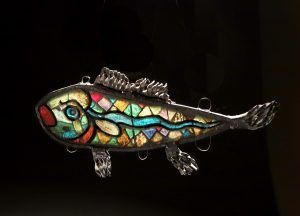
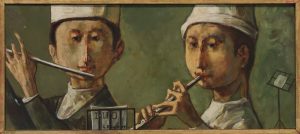
True art is timeless and always relevant. Raymer was operating within the greater arc of Art History. Confident in this knowledge, his paintings, prints, and sculptures are blissfully, willfully, out of touch. This begs the question: was Raymer outside looking in; inside looking out; or something else entirely? Stop by the Gallery and find out for yourself!
Find more of Raymer’s work in our estate collection here.
